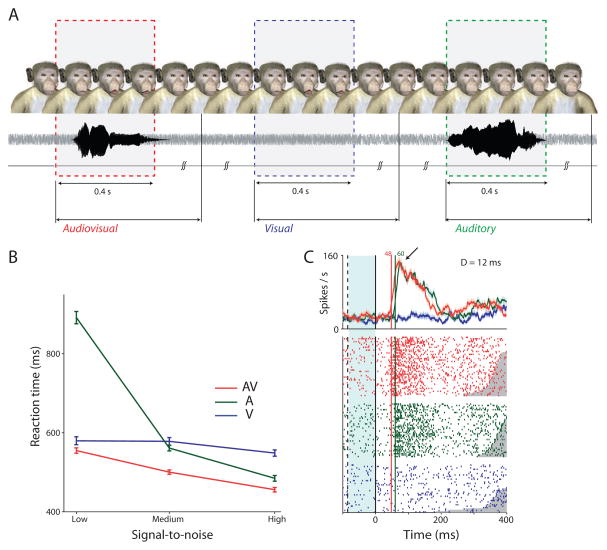Figure 2. Dynamic faces speed up vocal detection and auditory cortical responses.
(A) Task structure for monkeys. An avatar face was always on the screen. Visual, auditory and audiovisual stimuli were randomly presented with an inter stimulus interval of 1–3 seconds drawn from a uniform distribution. Responses within a 2 second window after stimulus onset were considered to be hits. Responses in the inter-stimulus interval are considered to be false alarms and led to timeouts. (B) Average RTs for the three different SNRs for the unisensory and multisensory conditions. Error bars denote standard error of mean across sessions. X-axes in denote SNR; Y-axis denotes RT in ms. (C) Peri-stimulus time histograms (PSTH) of a neuron in auditory cortex responding to AV, auditory and visual-only components of coo 1 at the highest SNR. X-axes depict time in ms. Y-axes the firing rate in spikes/s. Solid line is auditory-onset. Dashed line is visual onset. Blue shading denotes time period when only visual input was present. Green and red numbers indicate neuronal response latency; D=difference between response latencies. Adapted with permission from [50]

